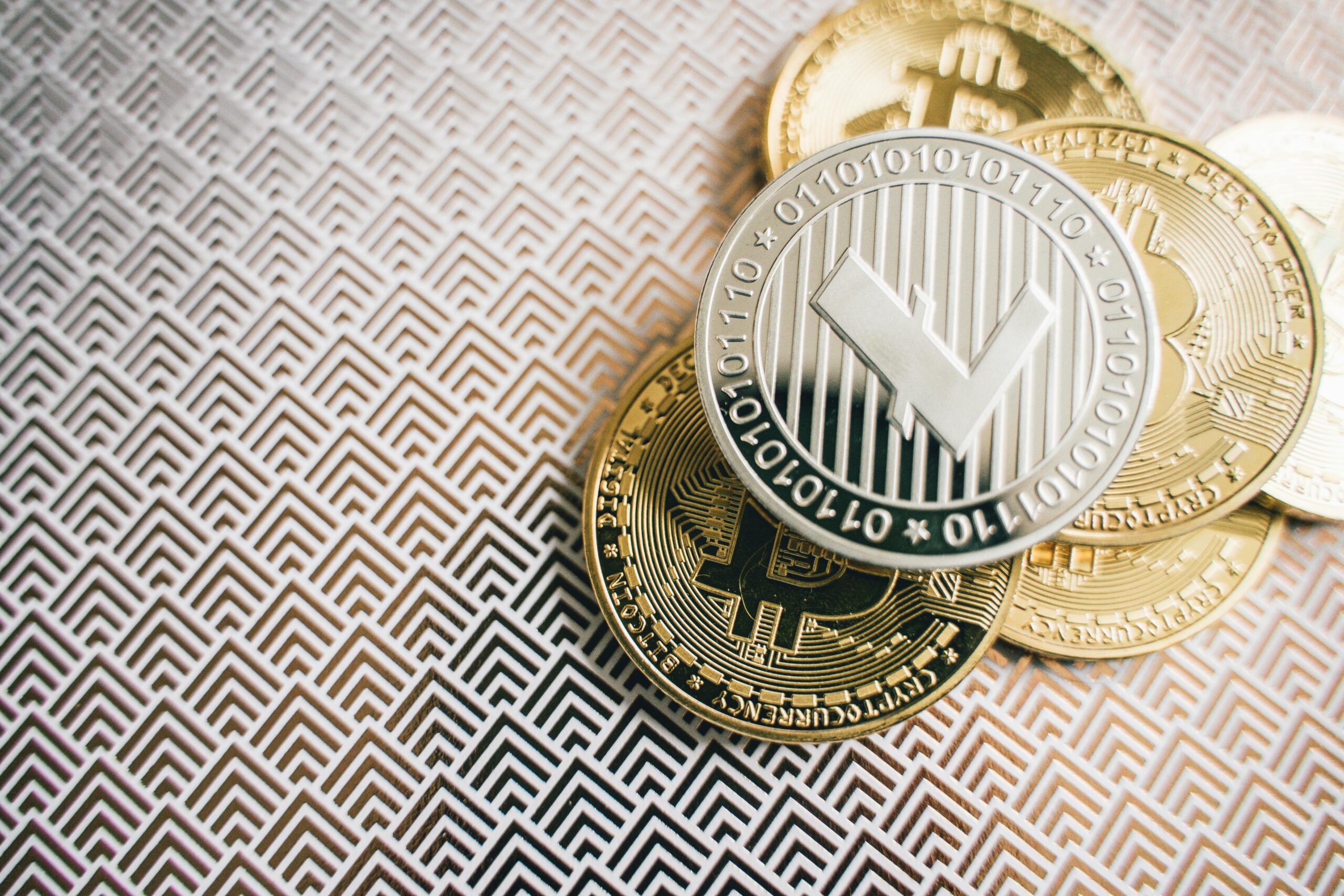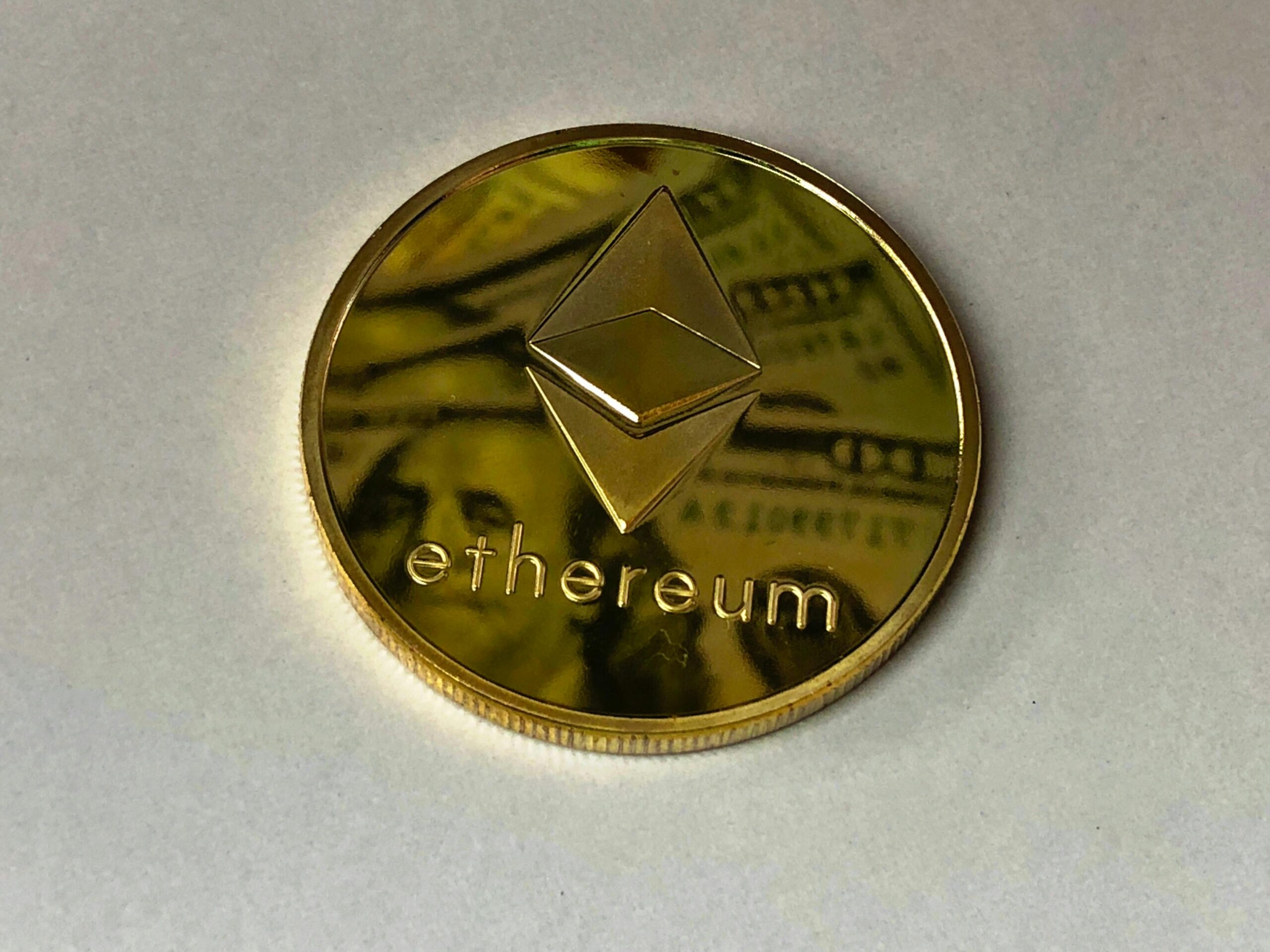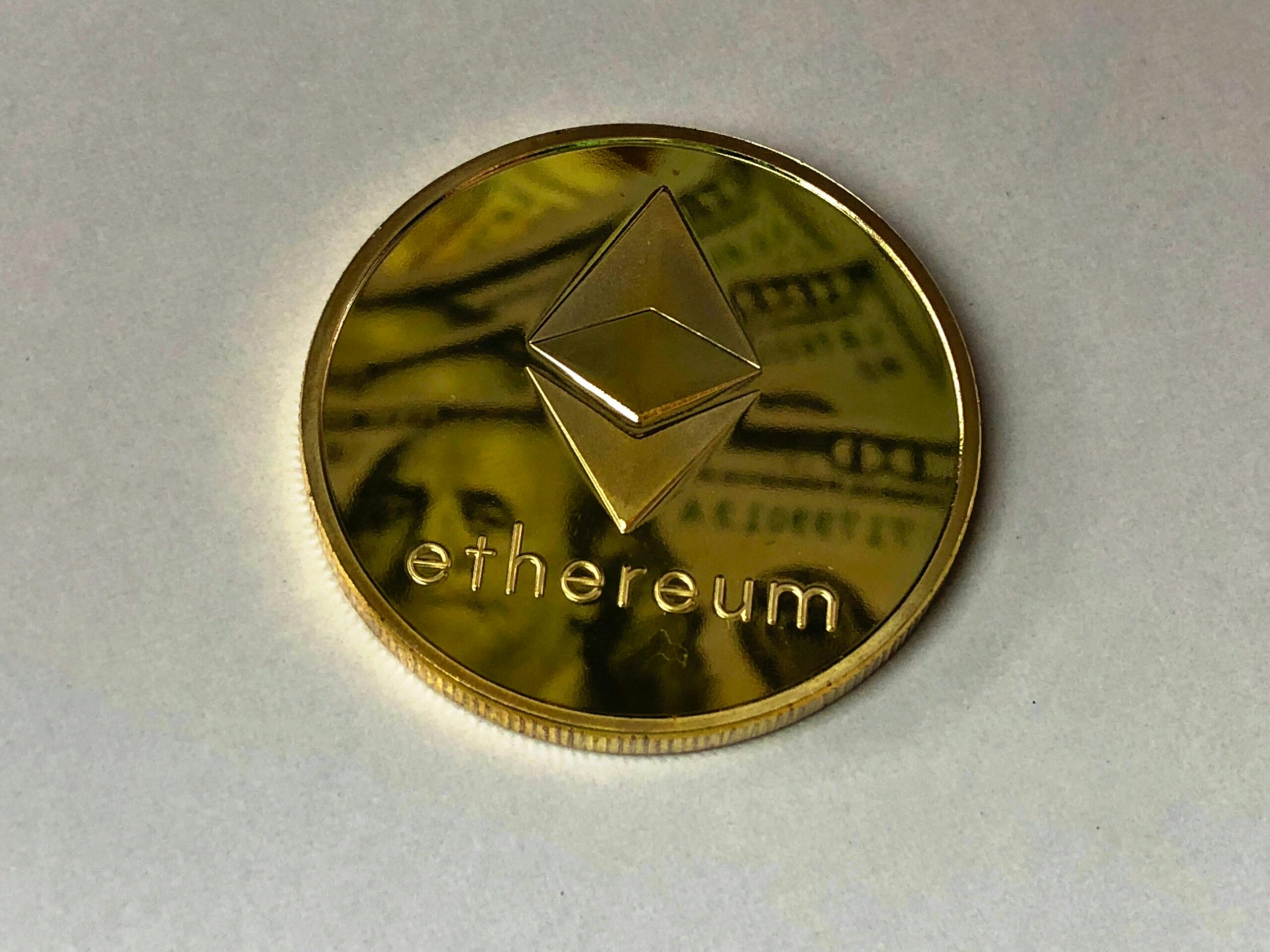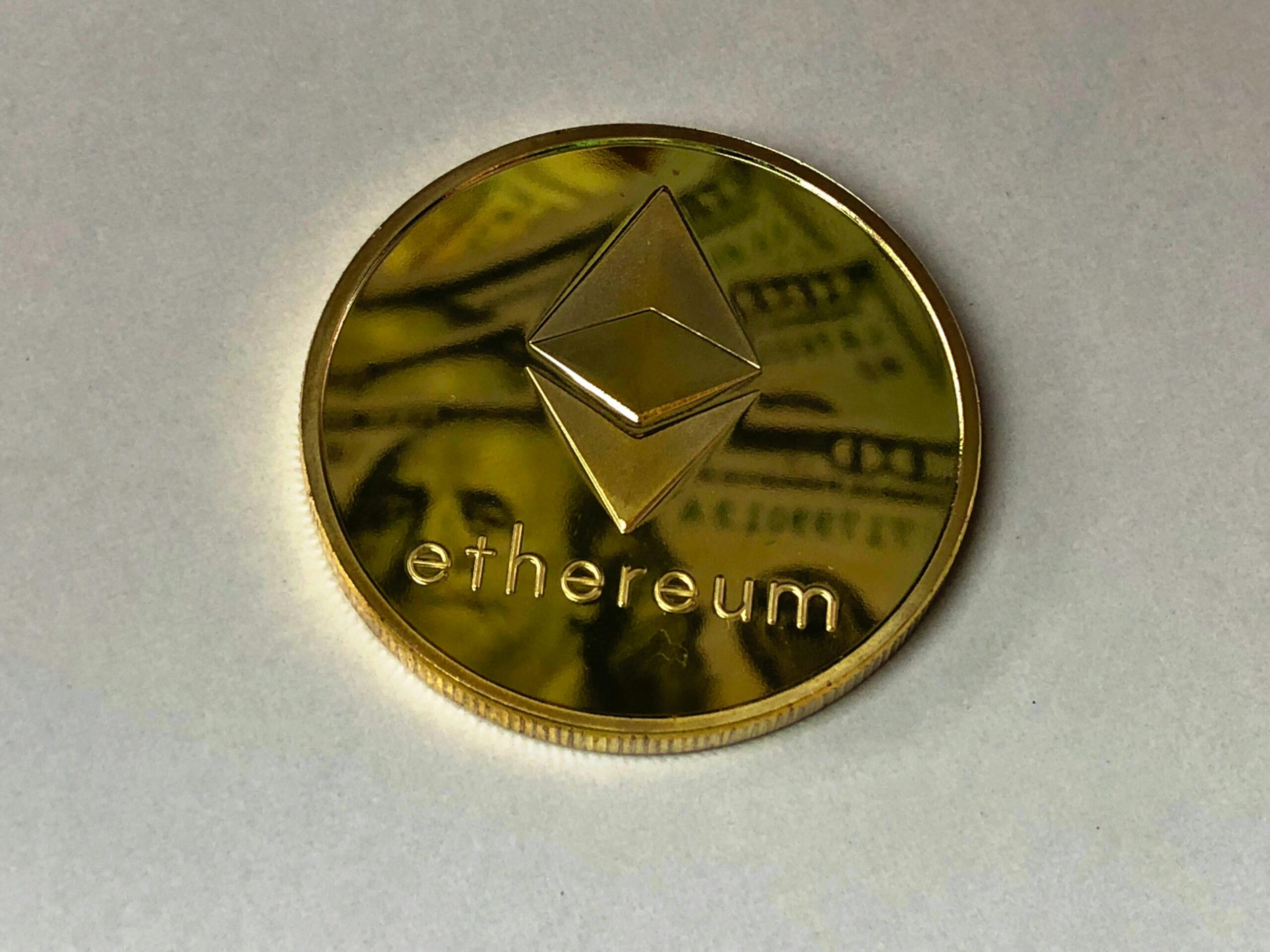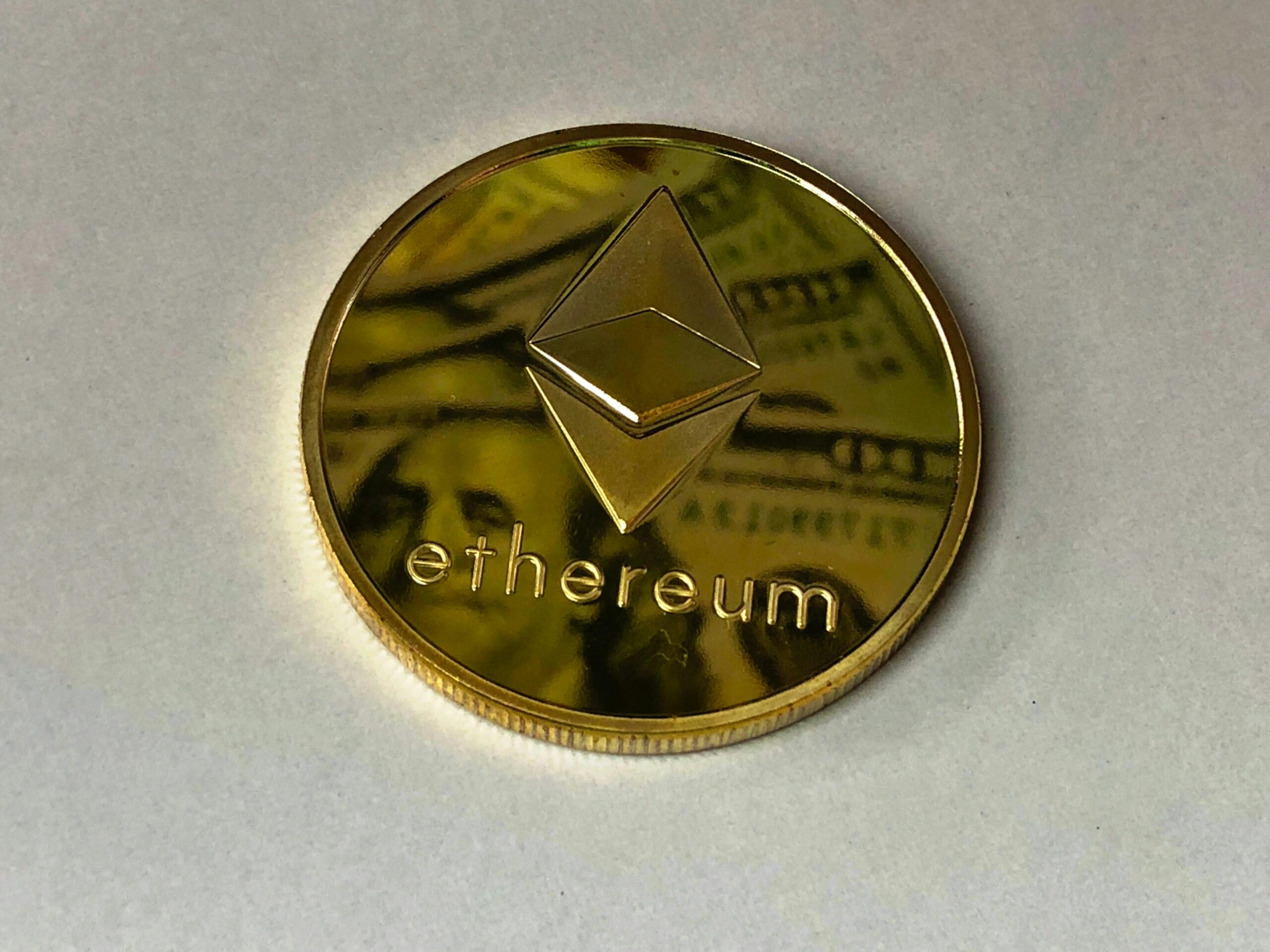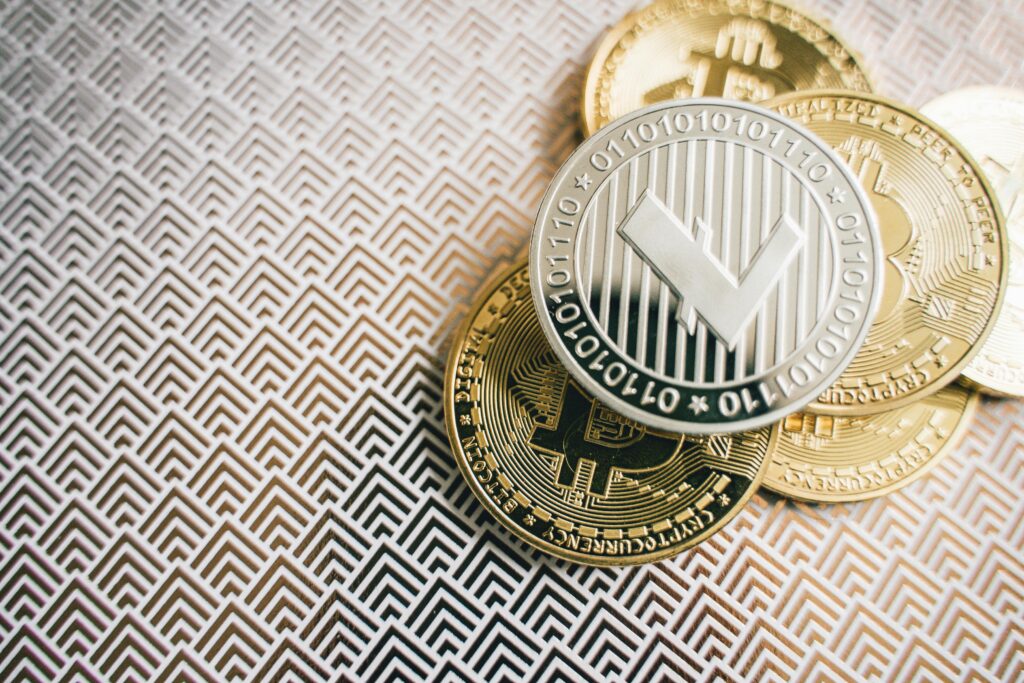
The world of altcoins! As a teacher, I’m excited to dive into this topic with you, exploring what altcoins are, how they differ from Bitcoin, and why they’re an essential part of the cryptocurrency landscape.
So, let’s start with the basics. Altcoins, short for alternative coins, refer to any cryptocurrency that isn’t Bitcoin. Yes, you read that right – any coin that isn’t Bitcoin is considered an altcoin! This broad term encompasses a vast array of digital currencies, each with its unique characteristics, use cases, and communities.
To understand why altcoins exist and how they differ from Bitcoin, we need to look at the history of cryptocurrency development. When Satoshi Nakamoto created Bitcoin in 2008, it was the first decentralized, peer-to-peer electronic cash system. Bitcoin’s success sparked a wave of innovation, inspiring developers to create their own cryptocurrencies. These early altcoins often modified or improved upon Bitcoin’s underlying technology, experimenting with different consensus algorithms, block sizes, and even entirely new blockchain architectures.
One key difference between altcoins and Bitcoin lies in their consensus mechanisms. While Bitcoin relies on the energy-intensive Proof-of-Work (PoW) algorithm to secure its network, many altcoins have opted for alternative approaches like Proof-of-Stake (PoS), Delegated Proof-of-Stake (DPoS), or even Byzantine Fault Tolerance (BFT). These variations can significantly impact a cryptocurrency’s scalability, security, and environmental sustainability. For example, PoS-based coins like Tezos (XTZ) and Cosmos (ATOM) allow validators to participate in the network by “staking” their own coins, rather than expending energy-intensive computational power.
Another significant difference between altcoins and Bitcoin is their intended use cases. While Bitcoin was designed primarily as a store of value and medium of exchange, many altcoins have more specialized purposes. Take, for instance, Ethereum (ETH), which has become the go-to platform for decentralized applications (dApps) and smart contracts. Its native cryptocurrency, Ether, fuels the execution of these complex transactions, making it an essential component of the burgeoning decentralized finance (DeFi) ecosystem.
Some altcoins focus on specific industries or geographical regions. For example, Dentacoin (DCN) aims to create a dental care-focused ecosystem, offering rewards for patients who maintain good oral hygiene and incentivizing dentists to provide quality care. Similarly, regional coins like DubaiCoin (DBIX) or Estonia’s e-Residency coin aim to promote local economic growth and digital innovation within their respective territories.
Altcoins can also differ significantly in terms of their tokenomics – the study of a cryptocurrency’s supply, distribution, and management. Bitcoin has a fixed total supply of 21 million coins, with a predictable emission schedule that ensures scarcity and encourages long-term holding. In contrast, many altcoins have variable supplies or even infinite inflation rates, which can drastically alter their economic incentives and user behavior.
Furthermore, the communities surrounding altcoins often differ from those centered around Bitcoin. While Bitcoin’s community is known for its strong focus on decentralization, limited government intervention, and Austrian economics, other cryptocurrencies may attract more diverse groups with distinct interests and values. For example, the community around Dogecoin (DOGE) has become infamous for its playful, charity-focused atmosphere, using their cryptocurrency to fundraise for various social causes.
Lastly, it’s essential to acknowledge that altcoins have played a crucial role in driving innovation within the broader blockchain space. By experimenting with novel architectures and applications, these alternative cryptocurrencies have pushed the boundaries of what’s possible on decentralized networks. In turn, this has inspired new generations of developers, entrepreneurs, and users to join the ecosystem, contributing their unique perspectives and expertise.
In conclusion, altcoins represent a vibrant tapestry of cryptocurrency projects that expand upon Bitcoin’s foundational ideas. By exploring these alternative coins, we gain insight into the diverse values, use cases, and technological innovations that define our rapidly evolving blockchain landscape. As an investor, developer, or simply someone interested in this space, it’s essential to understand the complexities and opportunities presented by altcoins – for they may hold the key to unlocking new applications, communities, and value within the world of cryptocurrency.
So, what do you think? Are you ready to dive into the fascinating realm of altcoins and explore their potential?






